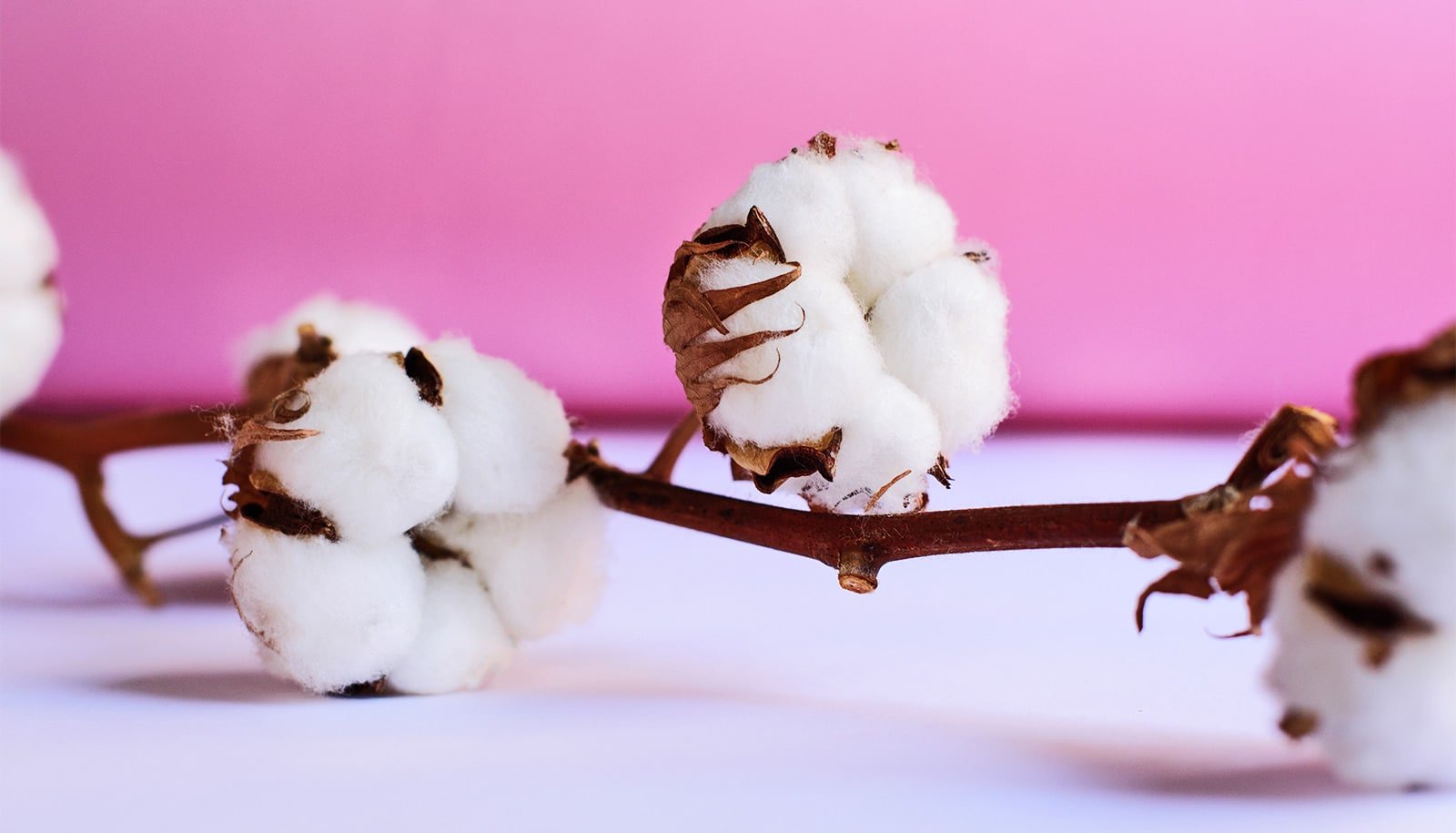New research is giving new purpose to biochar, a charcoal-like substance made from leftover plant waste, showing how it can address challenges facing today’s cotton growers.
For generations, farmers have used natural materials such as lime, gypsum, and manure to improve their soil for growing crops.
Even though biochar has been used in various forms of agriculture for thousands of years, the new study focused on how it could help cotton farmers in the delta region of the United States, often called the Mississippi Delta.
The researchers—led by Gurbir Singh, assistant professor of plant sciences at the University of Missouri’s College of Agriculture, Food and Natural Resources, and MU Extension state specialist—turned to bagasse, a fibrous organic material left over after sugarcane is pressed for its juice.
When converted into biochar and added to the soil, the product improved the soil’s ability to hold onto nutrients and moisture, giving cotton plants a better chance to grow strong and healthy.
“Cotton is typically grown in sandy and sandy loam soil that struggles with low organic matter, less water-holding capacity, and weaker aggregate stability,” Singh says.
“These soils don’t hold water or nutrients well, and require more irrigation, which makes it harder to manage cotton production. Biochar offers a solution to these specific challenges.”
Researchers also found one unexpected benefit of using biochar: It can help improve water quality by keeping nitrate-nitrogen—a common fertilizer ingredient—from seeping into groundwater. Nitrates can pose risks to human and environmental health.
“Biochar can hold on to nitrates longer, which keeps them in the soil and out of the water supply,” Singh says.
Looking ahead, Singh and colleagues plan to move beyond small-scale test plots and apply their findings on working farms. The next step is to partner with farmers who have access to biochar to see the results translate in real-world growing conditions.
Singh also hopes to apply what they’ve learned to other crops such as corn and soybean. While the type of biochar and the amount used will vary with the other crops, he wants to see if the team’s basic approach could offer similar benefits.
The research appears in the Journal of Environmental Management.
Additional coauthors are from Mizzou, Rutgers University, University of Georgia, Mississippi State University, and the United States Department of Agriculture’s Agricultural Research Service.
This study was done at the Mississippi State University Delta Research and Extension Center in collaboration with USDA Agriculture Research Service’s Crop Production System Research Unit in Stoneville, Mississippi.
Source: University of Missouri




